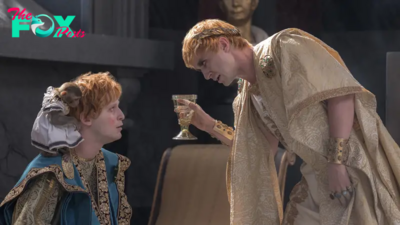Entertainment
The Story Behind Netflix’s Emotional Documentary Daughters and a Father-Daughter Dance Inside a Prison
Parenting is hard enough without any additional complications. So imagine trying to parent from prison.
A new Netflix documentary film sensitively explores this challenge by profiling a father-daughter dinner-dance that took place at a Washington, D.C. prison in 2019, enabling select inmates to spend some quality time with their young daughters. The film follows four girls—Aubrey, Santana, Raziah, and Ja’Ana—over eight years, giving viewers an extended look at not only how they prepared for the dance and interacted with their fathers there, but also how they kept up with them in the years afterward.
FilMMAker Natalie Rae directed the movie with Angela Patton, who started the dinner dance and runs Camp Diva Leadership Academy and the nonprofit Girls For A Change, two programs that prepare Black girls for adulthood. Video of Patton’s 2012 TEDxWomen talk on the origins of the dinner-dance in Richmond—which launched that same year—have racked up about a million views on TED Talk’s website and led to the making of Daughters.
“Because a father is locked in does not mean he should be locked out of his daughter’s life,” Patton says in the viral talk.
The directors wanted to raise awareness about how difficult it is for families to stay in touch with incarcerated loved ones. Many inmates are not allowed to have in-person visits with their family members and can only talk to them via video chat. They also said in a statement that they sought to humanize the Black men at the center of the story, who are not always afforded that treatment in the media or in their lives. One key way in which they accomplish this is by refraining from discussing the crimes that landed the featured fathers in prison, allowing the viewer to get to know them separate from their convictions.
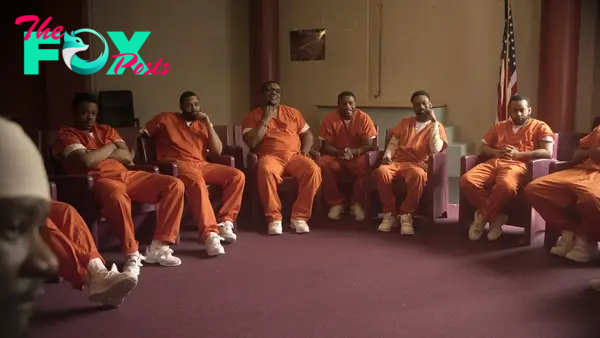
Daughters demonstrates the strain caused by separation. One of the girls in the film, 15-year-old Raziah, complains about only getting 15 minutes at a time to talk to her father Alonzo, who is serving a 30-year sentence. The distance bred by those limitations is hard on Raziah. Her mother Sherita gets teary-eyed when she talks about the two times Raziah talked about ending her life; one time, she found her daughter on the roof of their home, ready to jump, and talked her down by telling her that killing herself wouldn’t help her dad, that he’s already suffering enough.
Santana, 10, is very forthcoming about how much her father Mark’s incarceration has affected her. She’s seen in a car rehearsing what she wants to tell him when she sees him at the dance. “I’m done shedding tears because he wants to keep doing bad stuff that he shouldn’t be doing—it’s not OK. It’s affecting me.” She adds that she never wants to have children of her own. “You could give me a million dollars, still not going to be a mother.”
Some of the featured mothers were skeptical about the dance. In the film, Ja’Ana’s mother Unita questions whether her daughter’s incarcerated father deserves the opportunity for bonding. As she paraphrases a conversation she had with him, “Why do you want to bond with her while you’re incarcerated when all this time you had out here, you didn’t even really want to be bothered with her?”
In order to attend the dance, the participating inmates have to complete fatherhood coaching from an educator, Chad Morris. Over 10 weeks, Morris helps prepare them for what he calls an “emotional roller coaster,” from the excitement of seeing their daughters—for the first time, in some cases—to the snap back to reality at the end of the event. Patton joins one of the sessions to talk about how excited the girls are to meet their dads. As she explains the significance of the event to them, “This is about healing our families. This is about strengthening our families because we know, when our families are intact, that our community thrives.”

The dads are given haircuts, suits, shirts, ties, and shoes for the big event. Throughout the dance hall, there are craft tables and photo ops so the dads and daughters can get their photos taken and have souvenirs to remember each other by. But the gathering itself is bittersweet. As the dads and daughters dance to Beyoncé’s “Before I Let Go,” some break down in tears singing along to the lyric “I would never, never…Never let you go.” Aubrey, 5, is seen at a table telling her dad to come home sooner, and he tells her he’ll be out of prison when she’s a teenager.
Studies show that recidivism rates are high. One analysis finds that 82% of individuals released from state prisons get arrested at least once in their first 10 years free. A debrief following the dance, during a fatherhood therapy session, suggests that programs like this dance could help change that. As one inmate says in the film, “That’s the day I actually felt like I can’t come back to prison no more…because of the power I felt that day."
-

 Entertainment7h ago
Entertainment7h agoAmerica On CoffeeWe’re simply inviting you to take a timeout into the rhythmic ambiance of our breakfast, brunch and/or espresso alternatives. We’re pleased everytime you cease by.SELF CONTROL
-

 Entertainment9h ago
Entertainment9h agoOrange County Choppers Is Ready For Its Big Comeback
-

 Entertainment14h ago
Entertainment14h agoSki Area Officially Opens the Ski Season For New York
-

 Entertainment18h ago
Entertainment18h agoGladiator II Belongs to Denzel
-
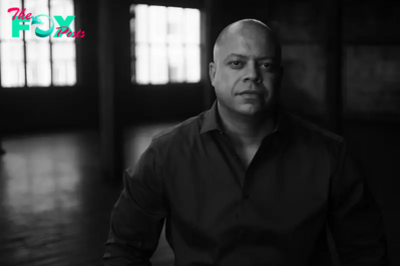
 Entertainment18h ago
Entertainment18h agoJJ Velazquez on Finding Freedom, From Sing Sing to Sing Sing
-

 Entertainment23h ago
Entertainment23h ago13 Most Romantic Movies Based on Novels
-
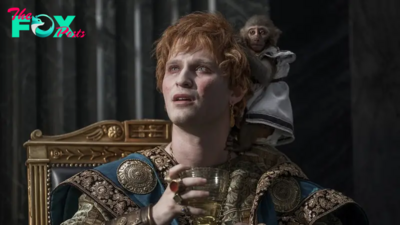
 Entertainment1d ago
Entertainment1d agoThe Monkey Is the Secret Hero of Gladiator II
-
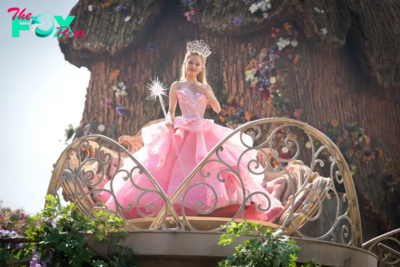
 Entertainment1d ago
Entertainment1d agoHow Wicked Connects to The Wizard of Oz


